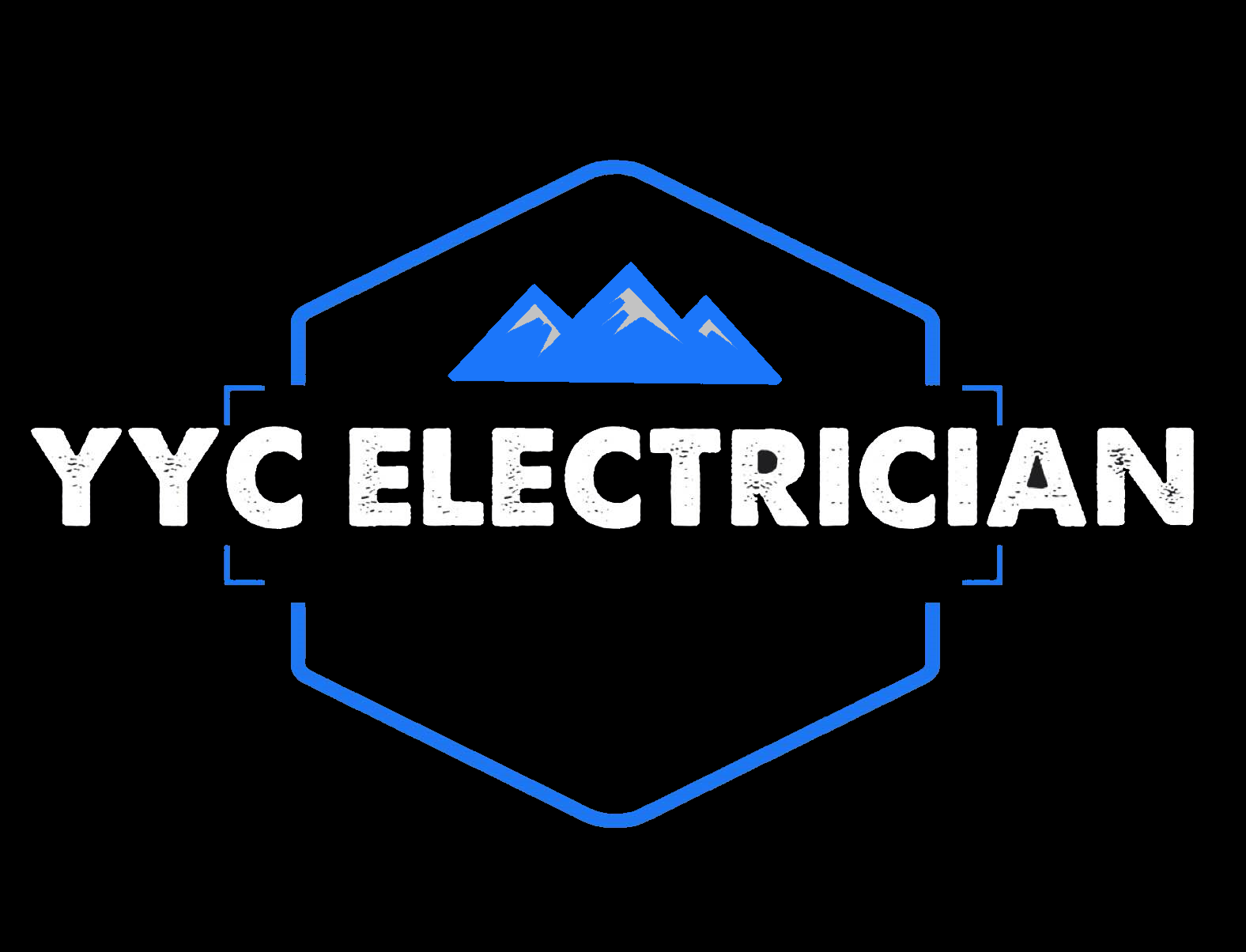Residential Homeowner Questions:
CLICK ON THE TITLES BELOW AND THEY’LL EXPAND INTO THEIR OWN RESPECTIVE DROP DOWN ANSWER RELATED TO THE QUESTION IN THE TITLE. They are a list of commonly asked questions people ask us in our travels whether it be on the phone, over email or in passing while on the job when curious what they should prioritize first regarding what scope or project they want or need to prioritize based oN THEIR BUDGET. These questions and answers are meant to help give you an understanding of what’s involved on those subjects in RESIDENTIAL capacities.
COPPER VS. ALUMINUM
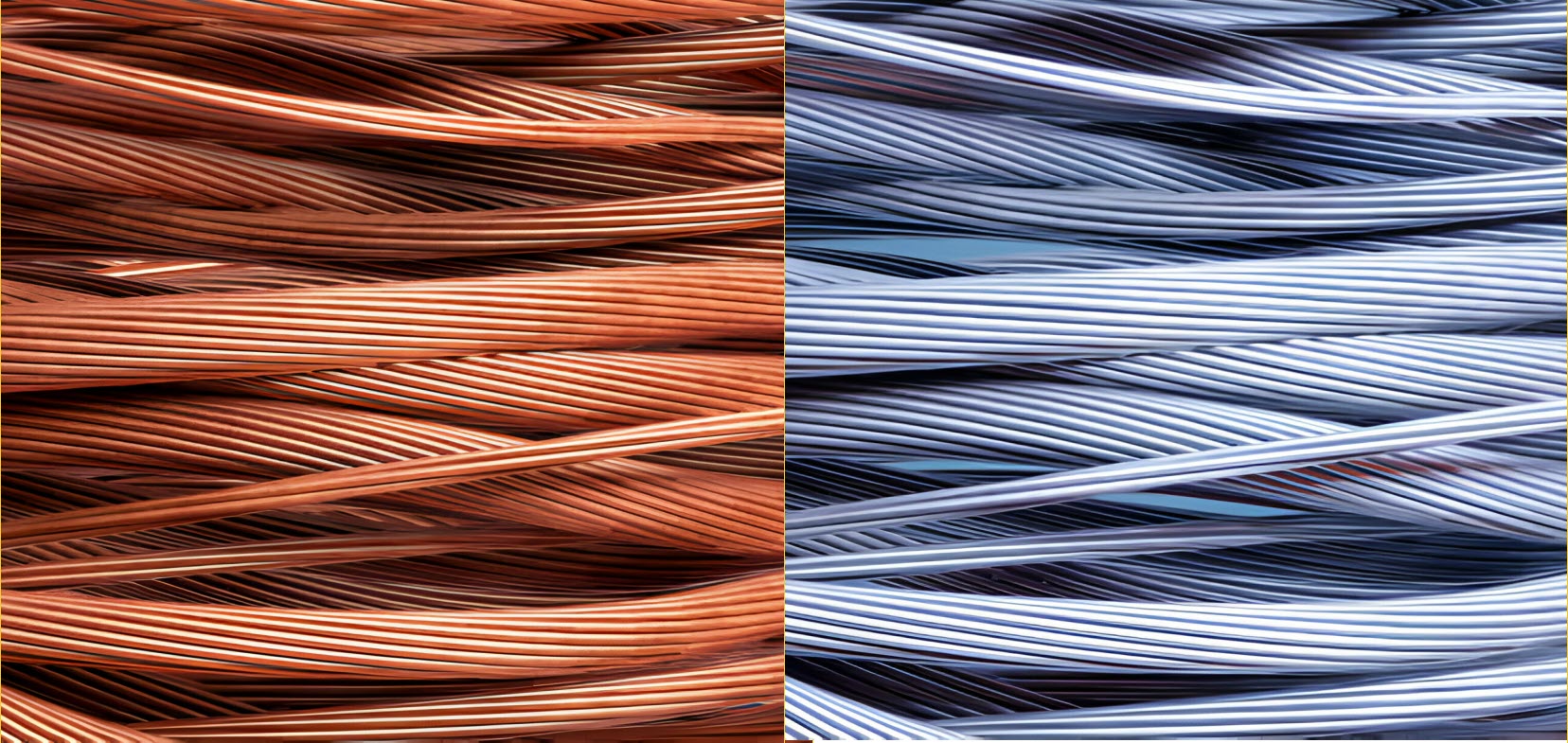
The key difference between aluminum and copper wiring is durability. Small copper wires can be bent and twisted repeatedly before breaking, making them more tolerant to handling. Aluminum wires, however, are brittle and break easily under similar stress, requiring careful installation.
In many cases, it’s unclear how often aluminum wires were bent or deformed before being installed in fixtures like lights, switches, or receptacles. If handled minimally, they may perform well; if adjusted repeatedly, reliability decreases. These small wires typically supply power to household devices.
Aluminum wiring must be installed and spliced using code-approved materials, which can be difficult to source due to evolving industry standards. As older materials are phased out and newer ones enter the market, temporary gaps may occur. We’ve successfully spliced copper to aluminum using discontinued manufacturer-approved methods by following engineering specifications.
Another concern is oxidation. When exposed to air, aluminum forms a dull grey layer (minor oxidation) or a white powder (major oxidation). Major oxidation can bind components tighter than thread-locking compounds. Minor oxidation increases resistance by insulating strands from each other and the connector, degrading performance over time.
KNOB AND TUBE WIRING
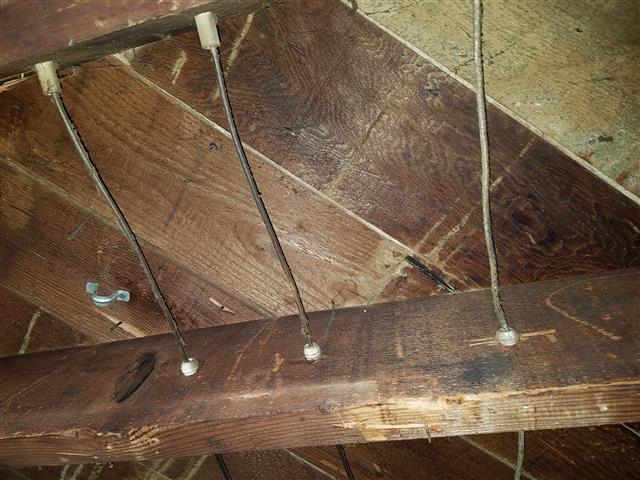
Knob and tube wiring
consists of two parallel wires—black (hot) and white (neutral)—with no ground. Each wire is insulated with rubber and a cloth braid. Due to age, it’s often difficult to identify which conductor is hot or neutral.
Age alone doesn’t require replacement. If the insulation is intact and the connected receptacles don’t need grounding, the wiring may remain in service. However, if you encounter hardened, cracked, or missing insulation exposing bare wire, it’s a clear sign the home should be rewired. This damage is typically caused by age, overheating, or over-fusing.
In such cases, hiring a Calgary electrician to perform a wire insulation diagnostic test is highly recommended. Arcing or short circuits near wood framing can pose serious fire risks.
Knob and tube systems were designed for open-air heat dissipation and should never be buried under insulation. Blown-in insulation traps heat, increasing the risk of overheating.
Grounding is another concern. Circuits in kitchens, bathrooms, utility rooms, and for sensitive electronics like computers require grounding. These should be upgraded with new grounded circuits.
EXTENSION CORDS AND GFCI RECEPTACLE PROTECTION
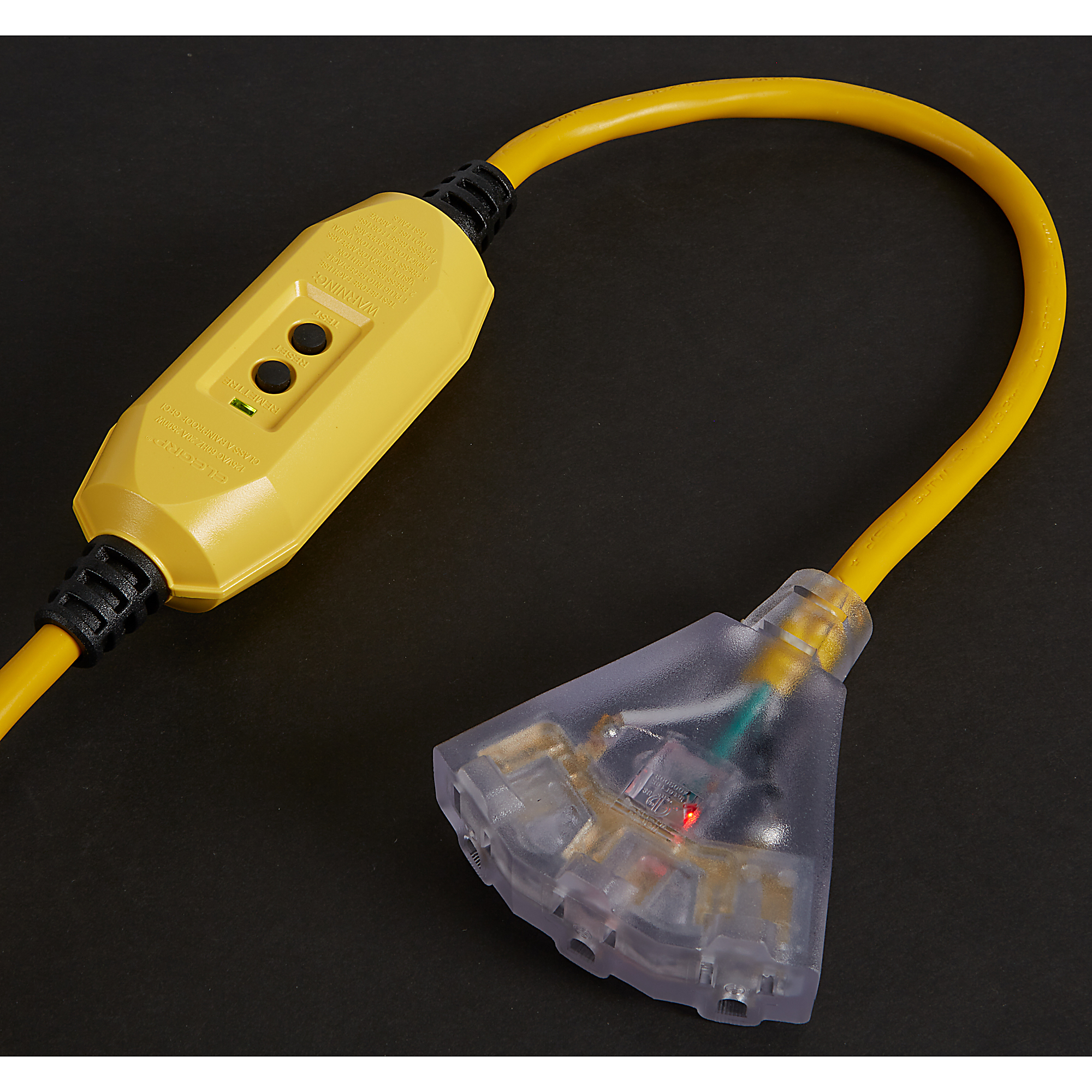
The ideal extension cord has the correct gauge, jacket, and length for its intended use. The best ones are worth the extra cost: they feature clear, lighted female ends and multiple outlets. A lighted end confirms that power is flowing from the receptacle to your device—whether it’s a power tool, phone charger, or smartwatch. Multiple outlets reduce the hassle of juggling several plug-in devices.
Safety tip: Never use an extension cord near water or outdoors in rain or snow without a portable GFCI. It could save your life.
SUB PANELS, GARAGE PANELS AND MAIN PANELS
Choosing the Right Main Panel for Your Home
Some installers assume all main panels are the same and default to the cheapest option. However, decades of experience in construction and manufacturing prove that not all panels are created equal—some are well-designed, others are not.
For expert guidance on selecting the right panel size and quality for your specific application, feel free to reach out. We’ll help you make the best choice for your home.
Neutral conductor and why they are so important
The neutral wire is bonded to earth ground at two points: the utility transformer and your electrical panel. It carries return current from devices like light bulbs, phone chargers, and routers back through the circuit.
A common misconception is that the neutral is less dangerous than the hot wires (typically black or red). In reality, because it completes the current path from the hot conductors to ground, it can deliver a shock just as easily—making it critical to electrical safety.
When an electrician says, “You’ve lost a neutral,” they mean a connection between the panel and a device—such as a receptacle, switch, or light—has come loose and is no longer maintaining contact with the panel’s neutral.
GFCI BREAKER VS. GFCI RECEPTACLE
A GFCI (Ground Fault Circuit Interrupter) detects differences in current between the hot and neutral conductors. Even a small imbalance—often caused by contact with water—causes it to instantly cut power, protecting the user. Because of this, the Canadian Electrical Code requires GFCIs in high-risk areas such as bathrooms, kitchens, outdoor receptacles, and hot tubs.
GFCIs come in two types:
- GFCI Receptacle
- GFCI Breaker
If you’re protecting a single outlet—like one in a bathroom or on the exterior of a home—a GFCI receptacle is more economical than a breaker. Even better, one GFCI receptacle can protect multiple downstream outlets if they’re wired together. For example, three connected outdoor receptacles can all be protected by a single GFCI—great value for the cost.
Tip: The length of the cord plugged into a GFCI affects how quickly it trips. A short cord (like a curling iron) will trip faster than a long extension cord with a power tool.
POT LIGHTS, CAN LIGHTS AND RECESSED LIGHTS
Pot lights, can lights, and recessed lights
are interchangeable terms referring to fixtures traditionally installed with a rough-in housing resembling a pot or can. While older styles are still used, modern LED recessed lights often eliminate the need for bulky housings, offering a cleaner, more refined look.
Applications:
Downlights are common throughout the home, except in areas like garages and closets where ceiling angles and space limit their effectiveness. Closets with multiple storage levels benefit more from undercabinet strip lighting, though some primary closets incorporate a mix of task lighting. In kitchens, downlights and LED strips are used to illuminate countertops. Living spaces with fireplaces, artwork, and built-in cabinetry can be elevated by thoughtfully placed pot lights that highlight architectural features. Adjustable recessed lights are also ideal for offices, bedrooms, and hallways where art or focal points deserve attention.
Selection Criteria:
When choosing recessed lighting, consider:
- Ceiling Brightness: High lumen output is useful in dark areas but can cause glare. Low-glare options offer a softer ceiling presence.
- Beam Spread: Narrow beams concentrate light; wide beams diffuse it. Choose based on the task and room layout.
- Colour Temperature: Modern fixtures offer warm-dimming, tunable-white, and full-dynamic-color options. Warm-dimming (0.1%–100%) is a reliable baseline; tunable-white adds flexibility.
- Tilt: Adjustable downlights allow precise illumination of features like fireplaces, artwork, and cabinetry. Quality fixtures offer at least 30° of tilt without sacrificing output.
Performance & Reliability:
Pot lights range from $15 to $1500, but price doesn’t guarantee reliability. Always consult a lighting designer, architect, interior decorator, or Calgary electrician to ensure the model you choose has a proven track record.
Lumens & Output:
Lumens measure light output. Everyday applications typically require 800–1000 lumens, while tall ceilings may need 1200–2000. Some fixtures offer selectable lumen settings or multiple output packages.
Below is a collection of photos taken from a project we completed at the Heritage Pointe Golf Course residence in Foothills County. In the kitchen you can see a mix of kitchen island pendant lights, LED strip lighting against the back splash, pot lights in the nook and the cabinet as well as puck lights above the coffee bar floating shelves
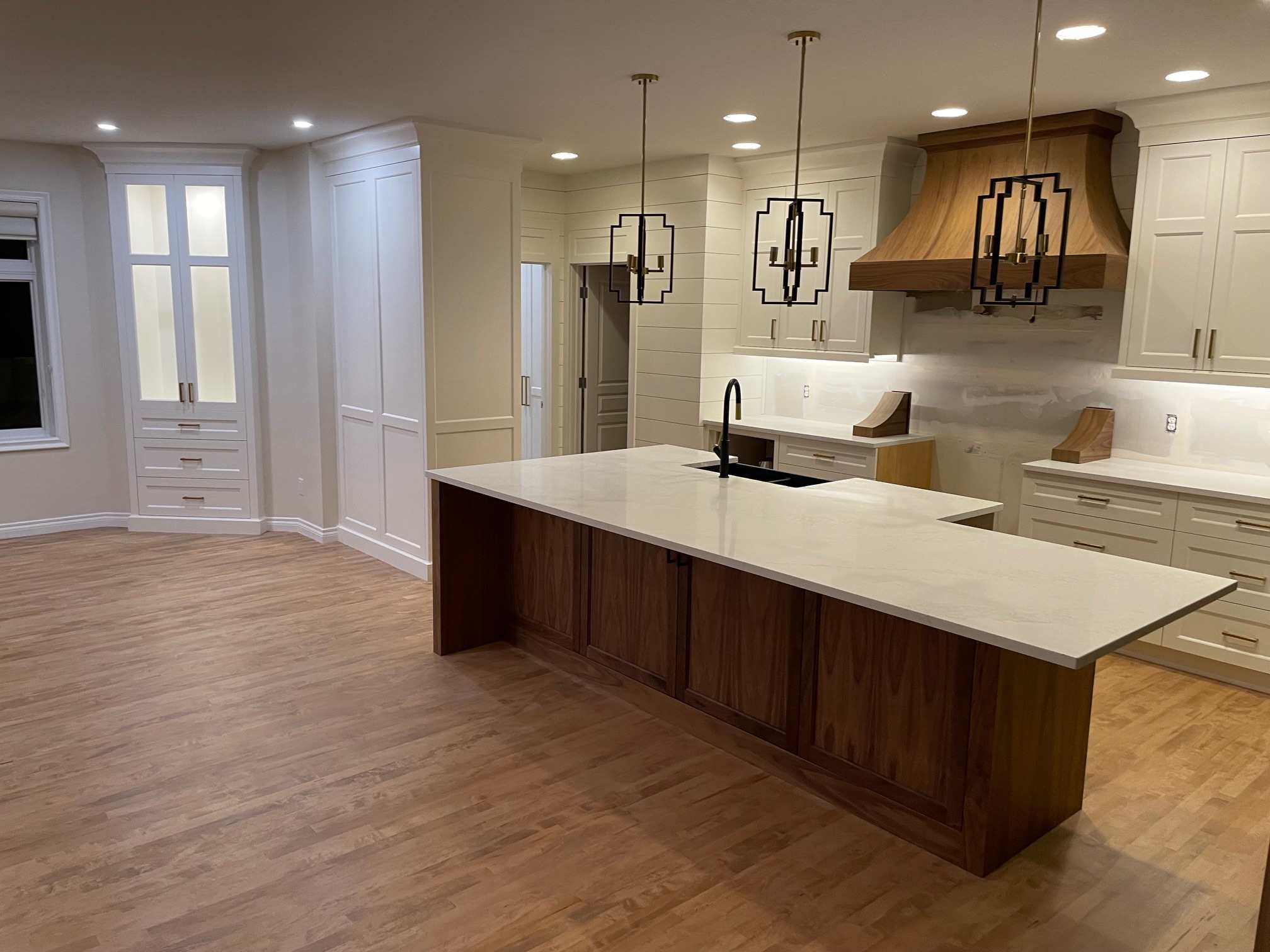
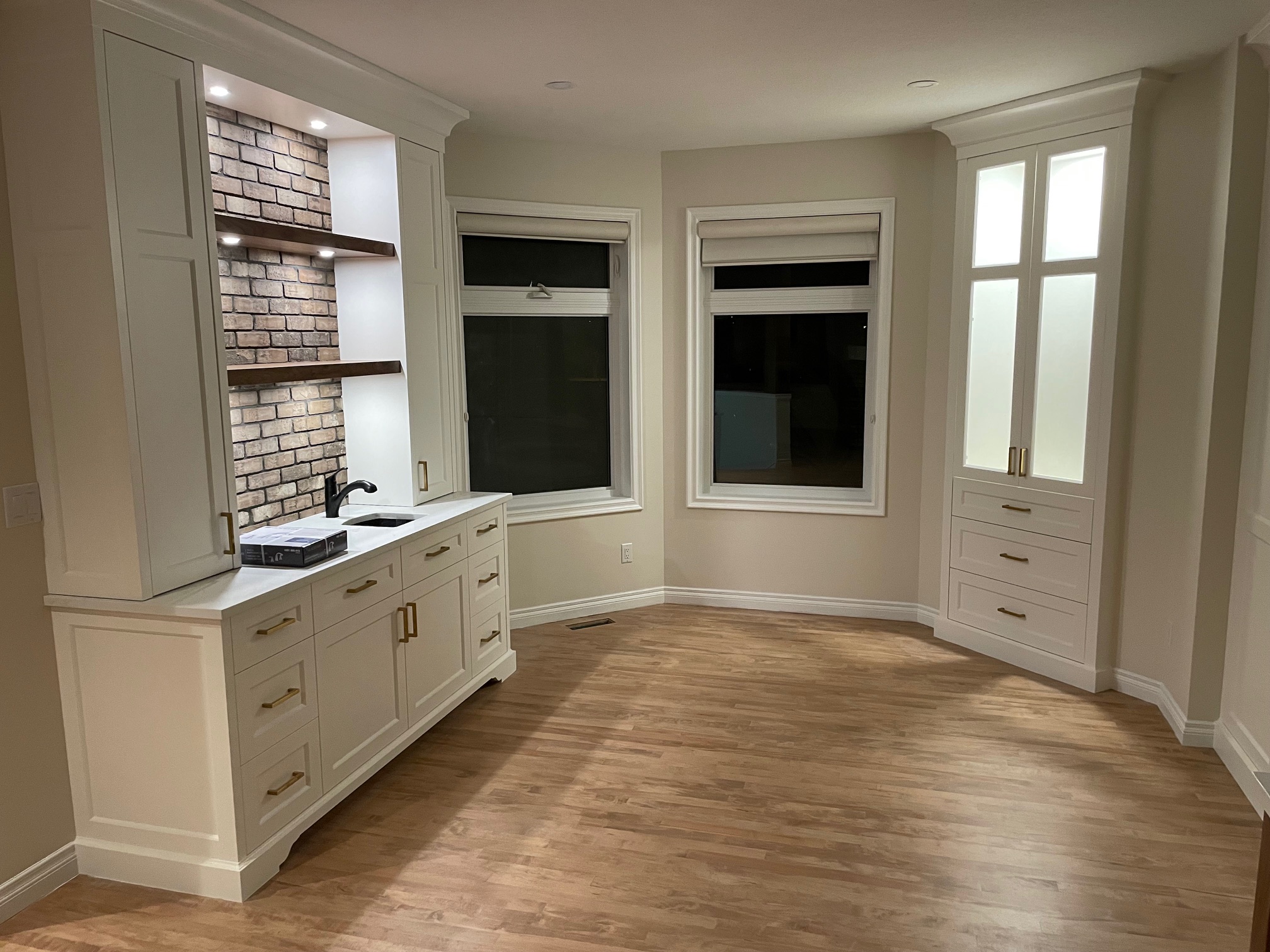
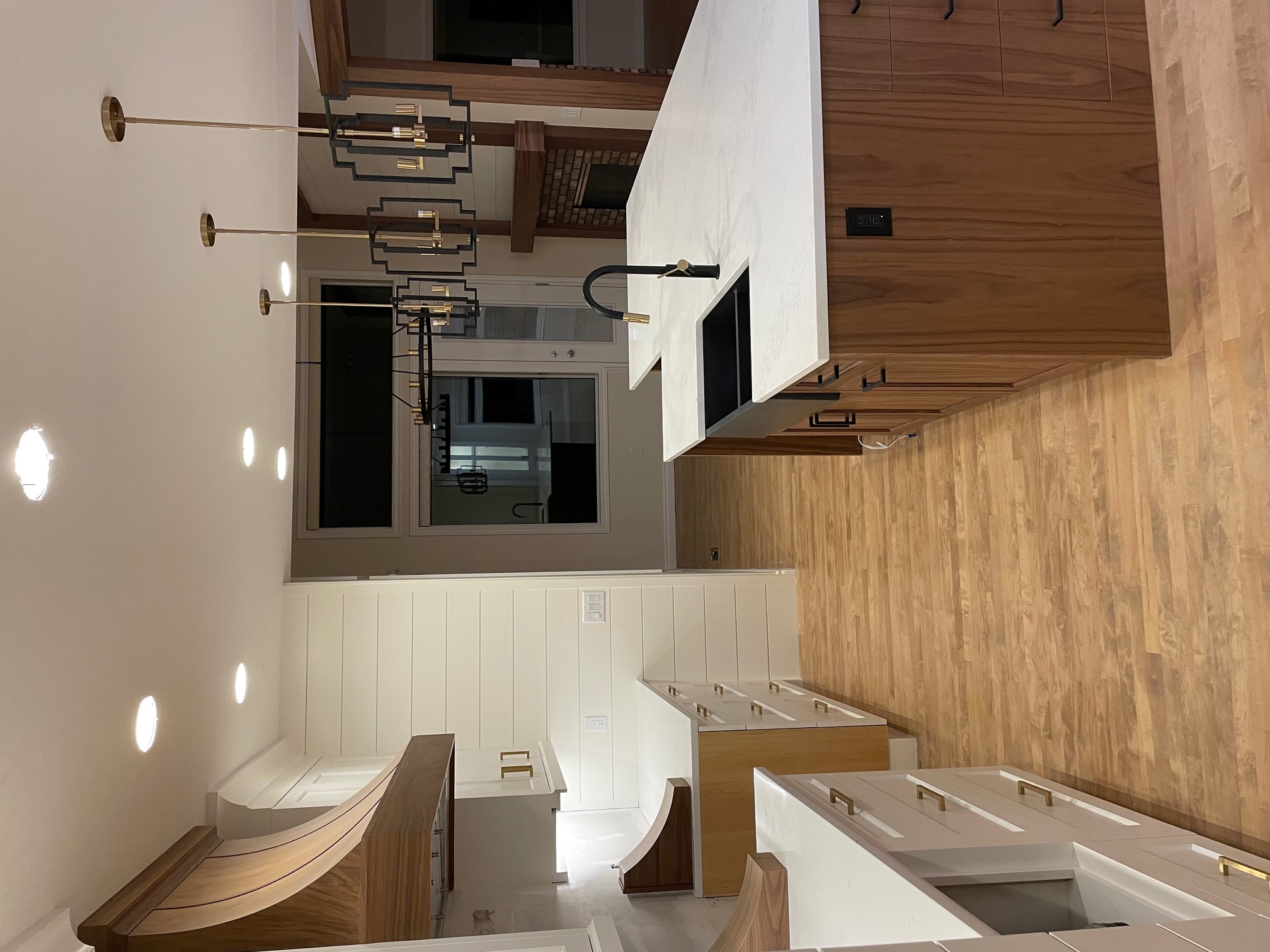
Commercial Electrical Questions:
- If you can’t find what you’re looking for in the above list of services, feel free to give us a call at 403-619-2856 or email us: mike@yycelec.com
